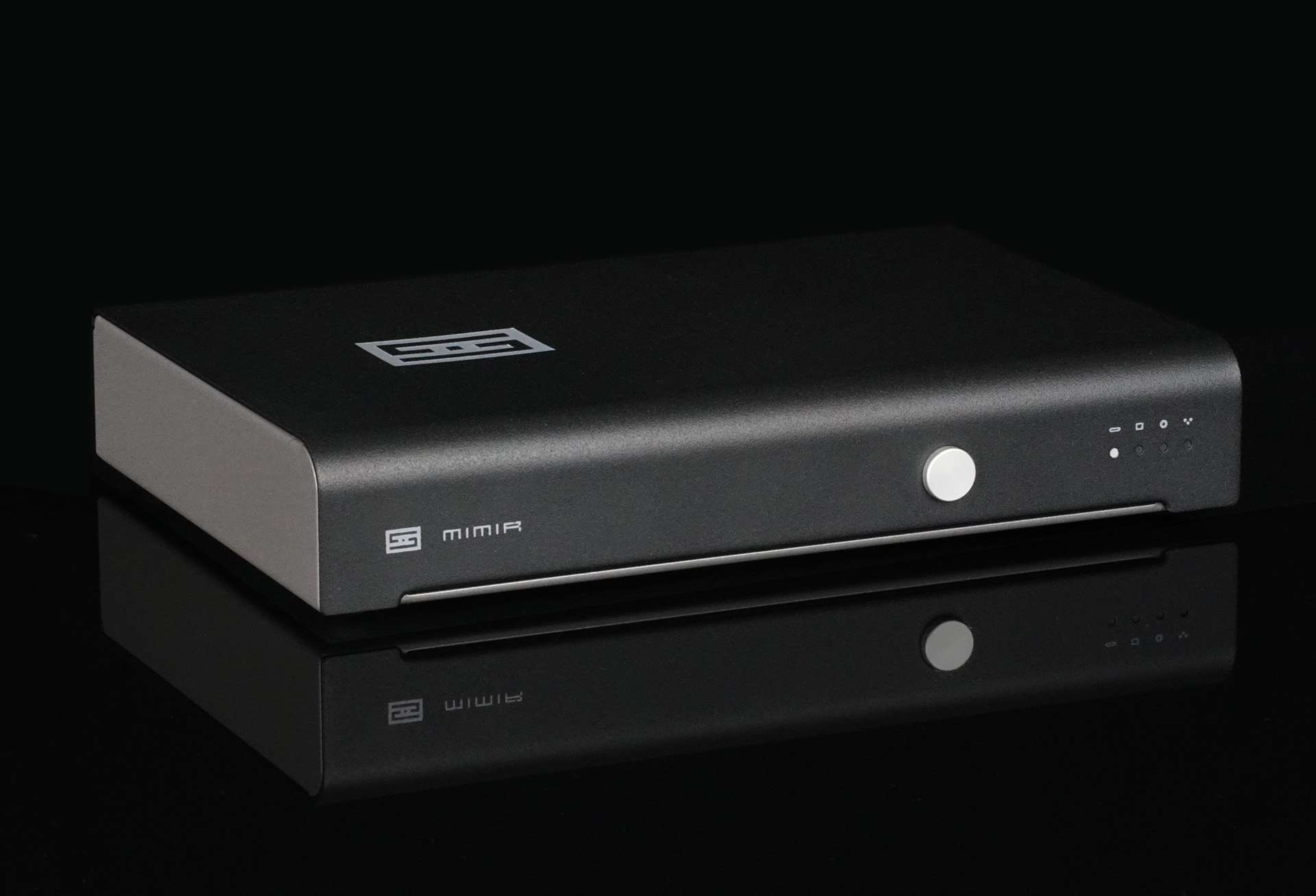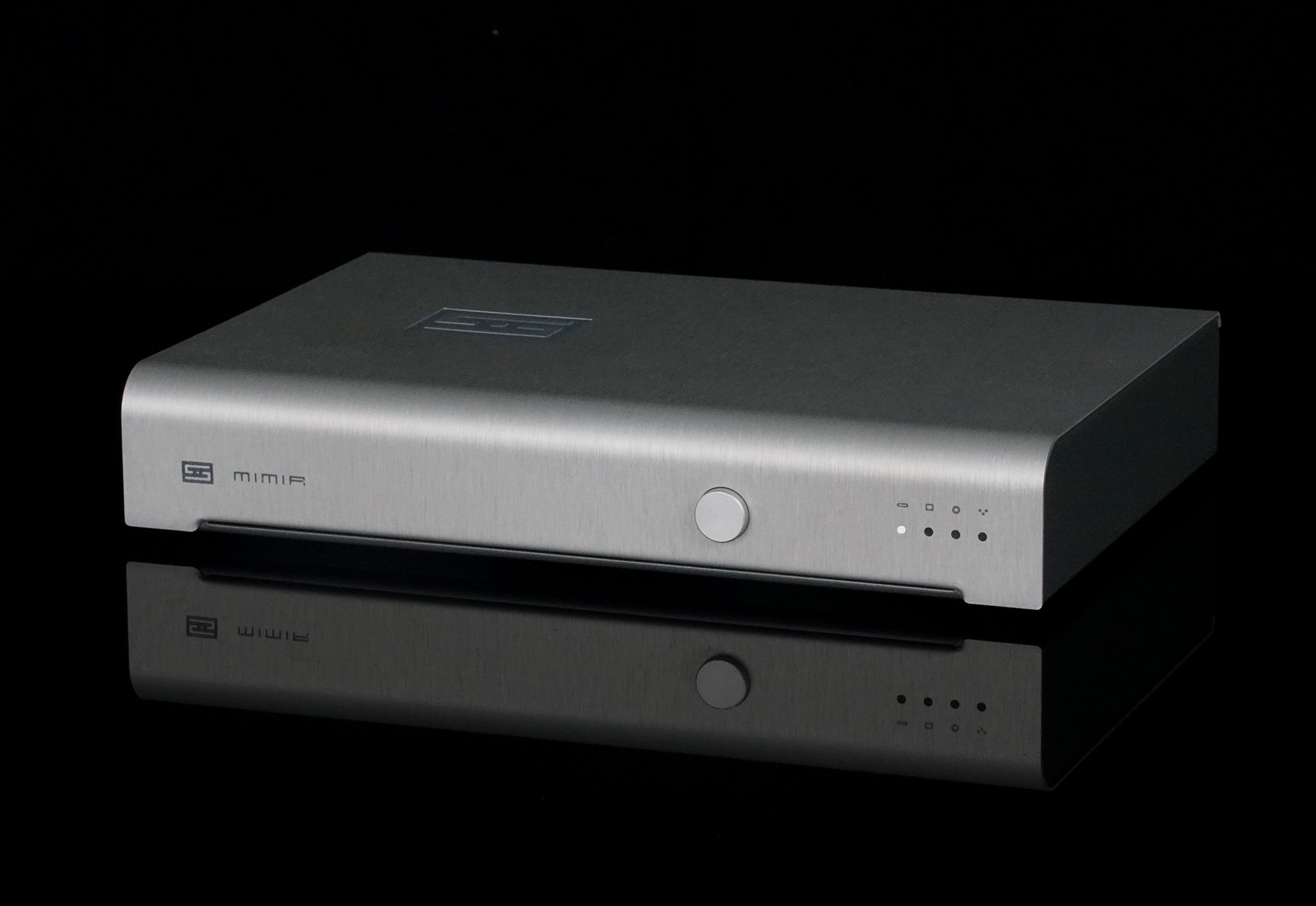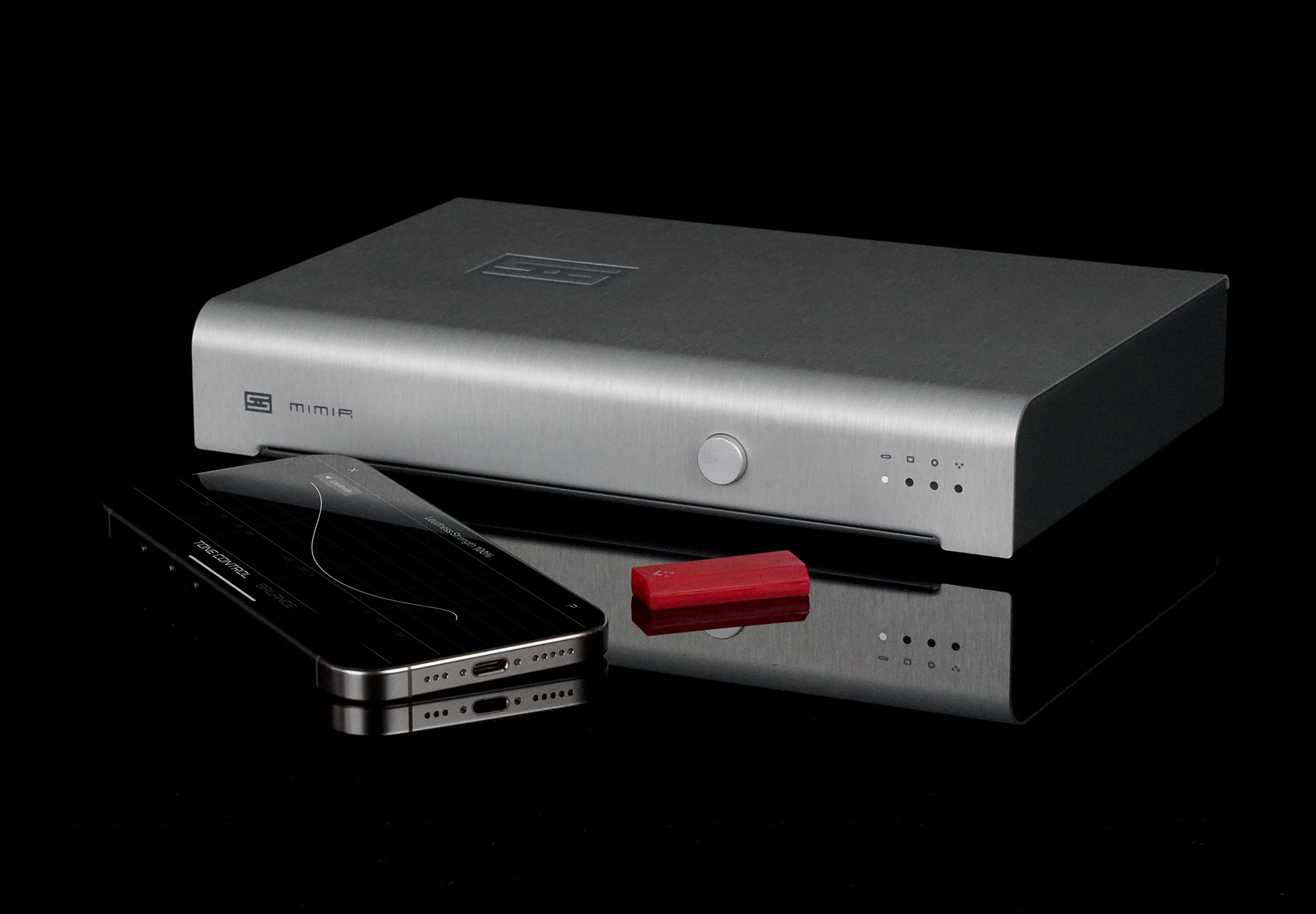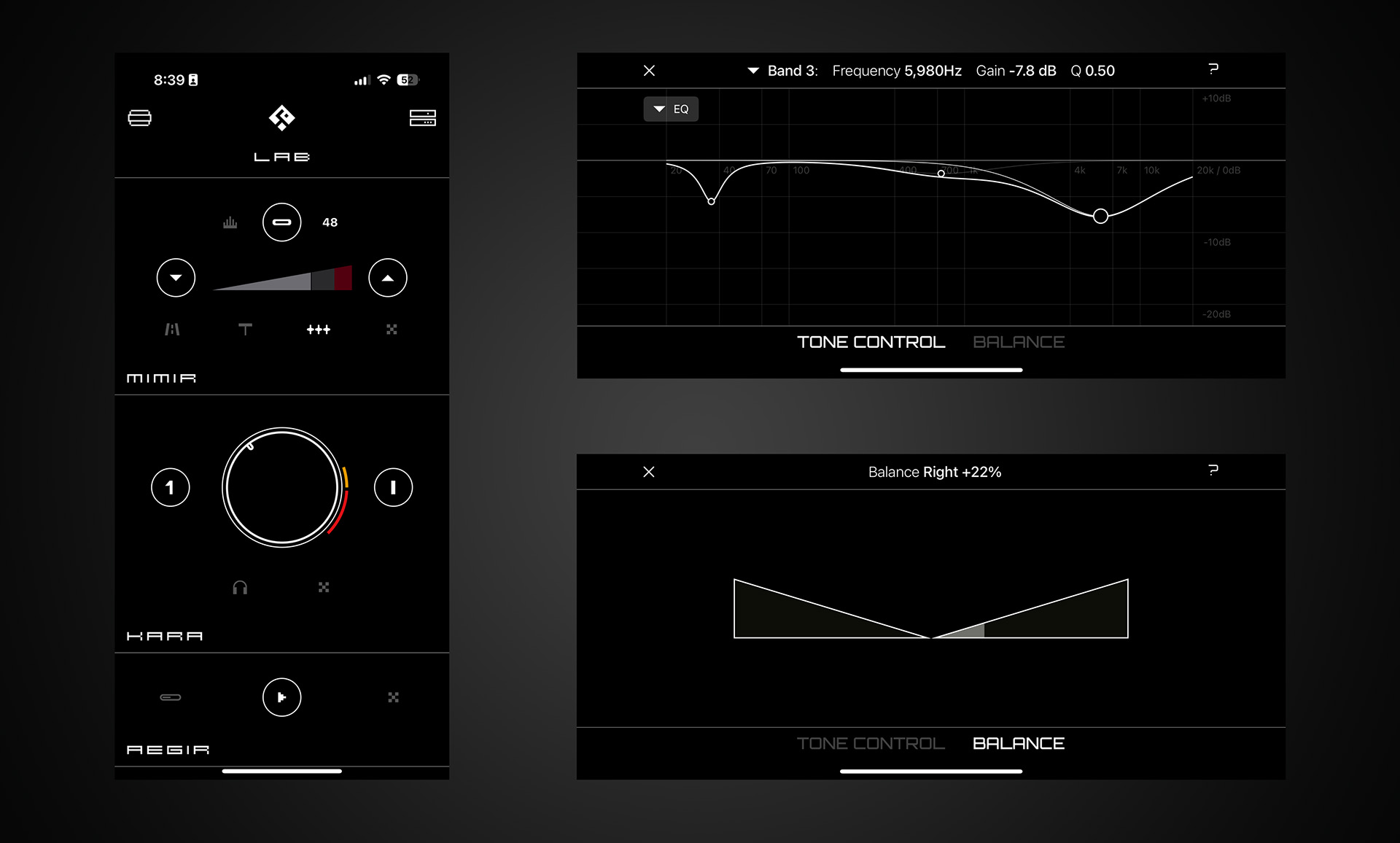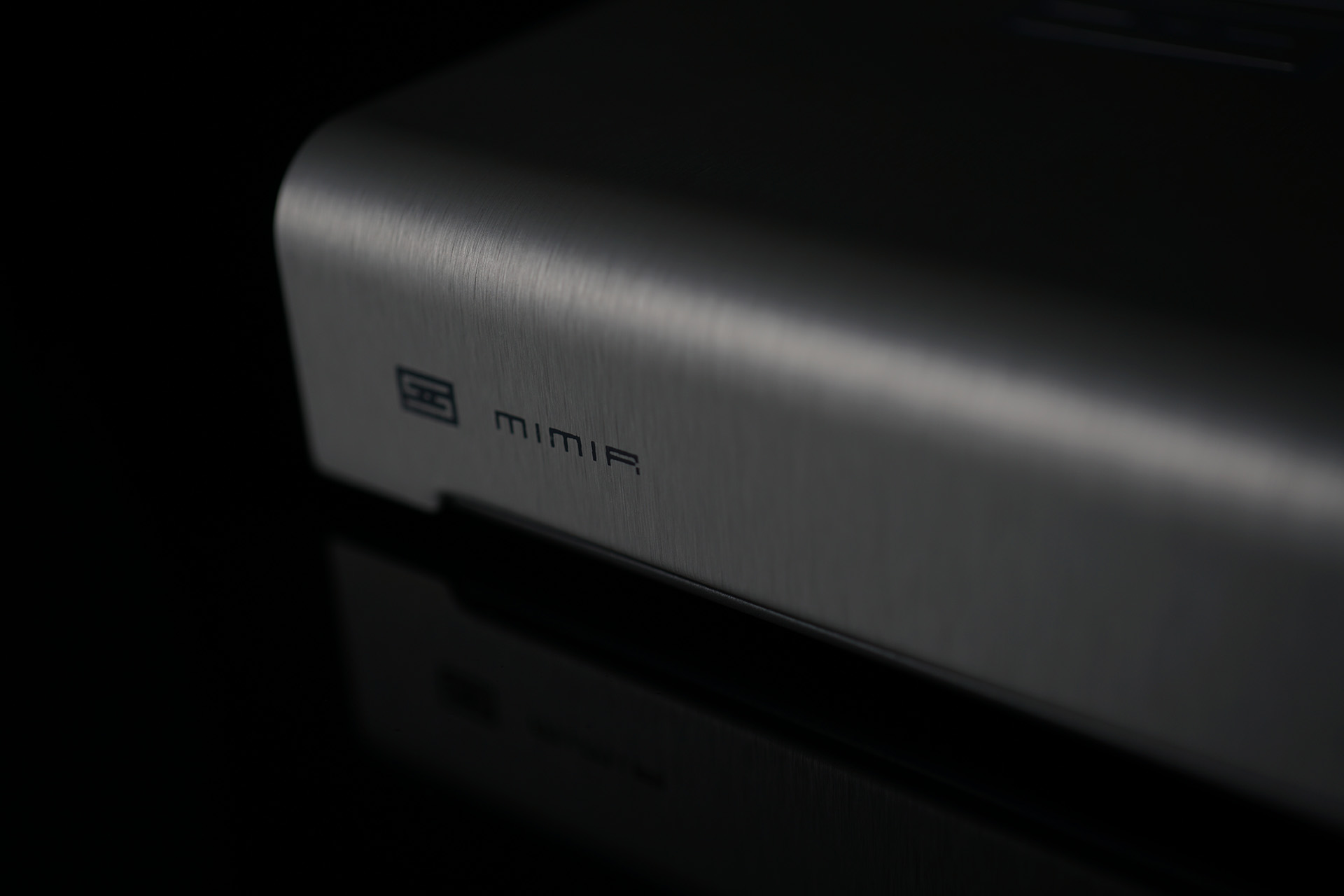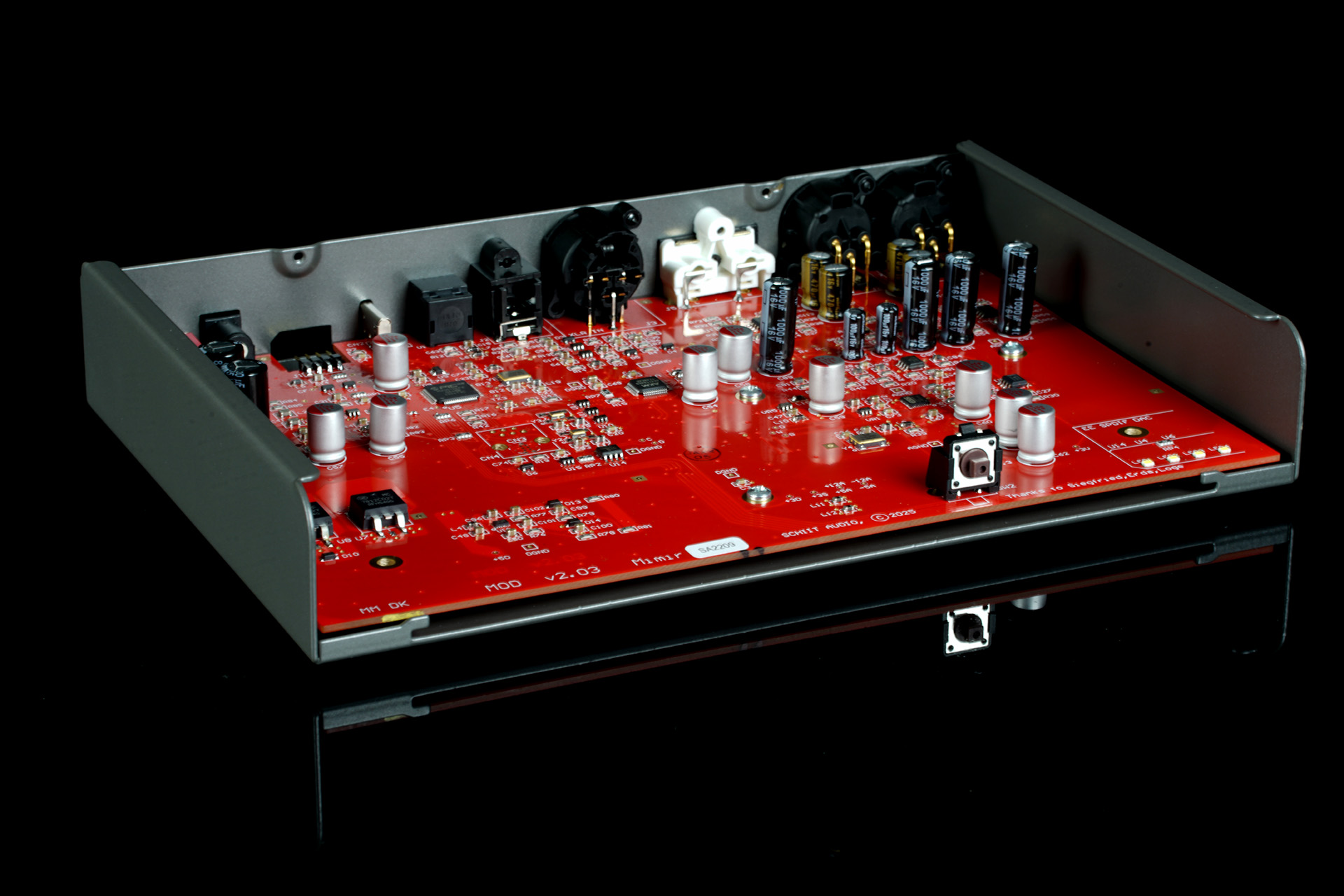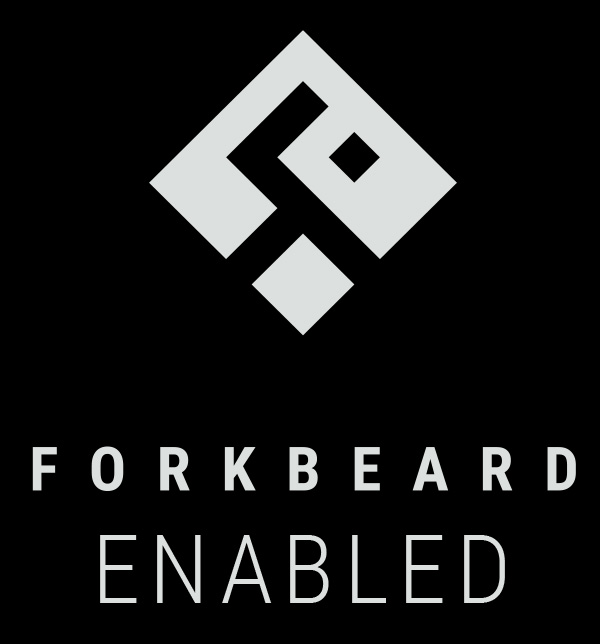SE or Balanced Outputs:
Frequency Response: 20Hz-20KHz, +/-0.04dB
THD+N: 0.0003%
IMD: 0.0004%, CCIR
S/N: 118dB, referenced to full output, with or without external power
Crosstalk: -125dB, 20-20kHz
USB input: Unison 384™, up to 32 bits/384kHz supported, full UAC2 compliance
Other inputs: Optical SPDIF, Coaxial SPDIF, AES, all up to 24/192
D/A Conversion: Schiit Mesh™, a unique combination of our time- and frequency-domain optimized digital filter and a standard delta-sigma modulator, in this case an ES9028
Analog Stage: Based on LME49724 for balanced output, OPA1656 for SE output, both independent, with precision thin-film resistors and film capacitors, DC coupled
Output: XLR balanced and RCA single-ended
Maximum Output:
3.0V RMS balanced, 1.5V RMS single-ended when powered via USB cable
4.0V RMS balanced, 2.0V RMS single-ended with Linear Override AC wall-wart
Output Impedance: 75 ohms
Power Supply: USB powered with charge pump rail generator for +/-5V rails, reports as 500mA USB device
Linear override via 14-16VAC, 0.5A+ wall-wart, provides +/-12V rails and reports as 0mA USB device
Forkbeard requirements: schiit.com/forkbeard
Forkbeard Capabilities:
- Input select
- Sample rate reporting
- Volume control
- Balance control
- 3-band parametric EQ
- Mesh or NOS filter mode switching
- Loudness
- Phase inversion
Size: 9 x 6 x 1.5”
Weight: 2 lb

